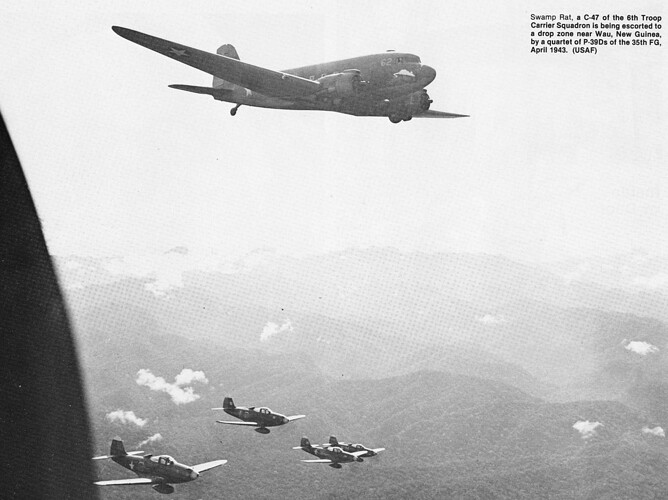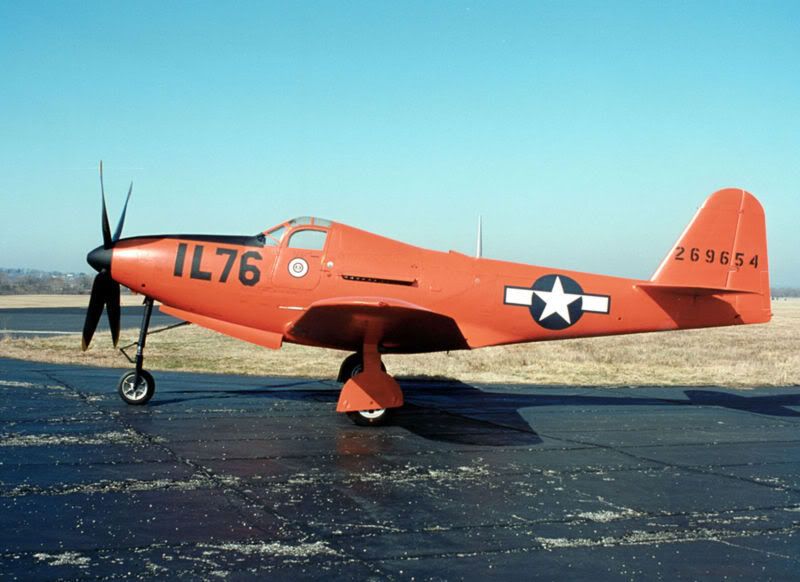The big differences are in the cartrigde case.
Teorically the AP M4 round (37x145R) could penetrate 25 mm vertical plate at 300 meters. That makes an antitank ?
Maybe yes maybe not:
Just some examples of armor:
Pz II ausf f : 35 mm front 15 mm side.
Pz III ausf H/J 50 mm front 30 mm sides.
Pz IV ausf G 80 mm front, 30 mm sides.
Pz V panther 80/100 mm front, 40 mm sides.
Pz VI B Tiger 1, 100 mm front 80 mm sides.
That demonstrate that it have some posibilities against the thinner armor in the lighter vehicles but the the M-80 round was a very simple one, a solid piece of steel with tracer, no explosive charge or balistic cap. the initial speed was about 609 m/s…compare that with the larger NS-37 round, 900 m/s.
M4 ammo, note the M-80 AP.

Now the longer bottlenecked russian round, 37x195 mm.

The NS-37 was put in some single engines aircraft like the Yak-9, Lagg-3 and Yak-3 that made those double use aircraft (air-to-air and air-to-ground) but because the soviet aicraft were made mostly of wood they have not the strenght and durability of the cobra, also cannot carry as much armor protection and the radio equipmente was inferior, maybe that make the Airacobra so loved in the USSR.
 ]
]
And Happy new year BTW.



 ]
]


































